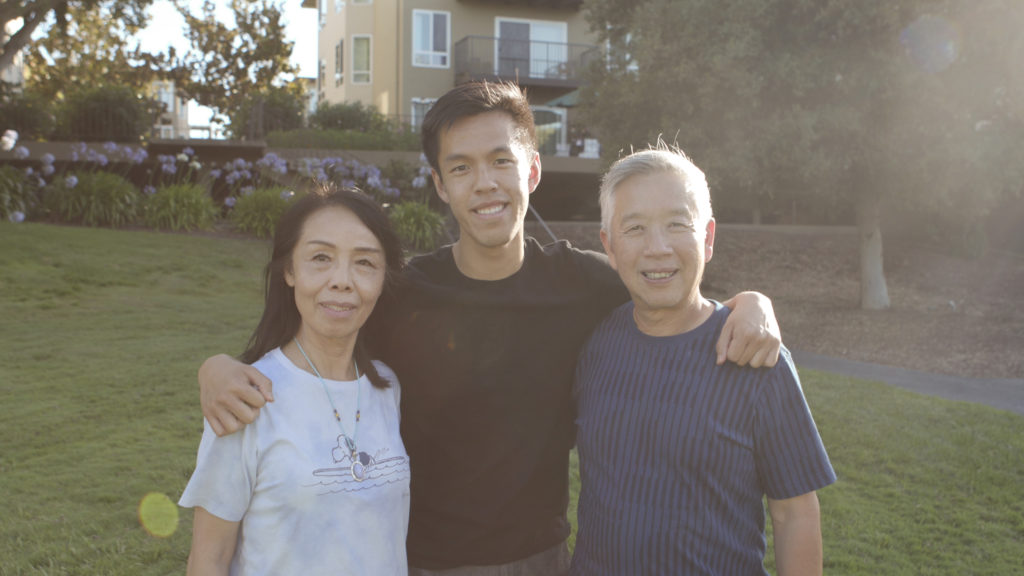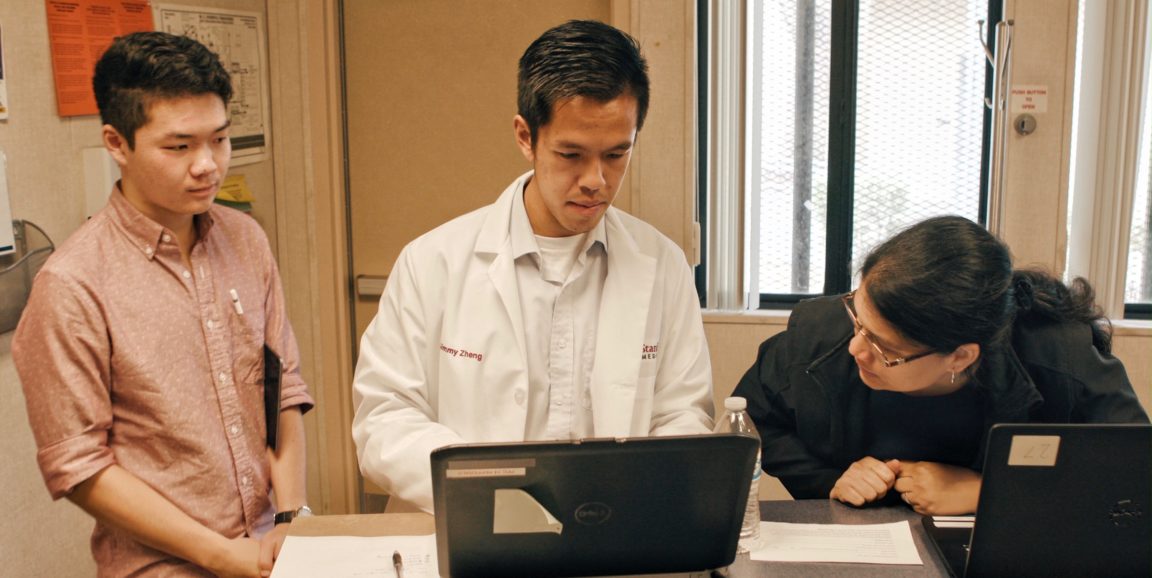Jimmy Zheng was in the 10th grade when he decided to try to pay his own way through college and beyond.
His mother, who worked as a grocery store clerk, had recently fallen from a ladder, and was forced to give up her job after a hospital stay. Though his father continued to put in long hours for his online leather goods business, the return was modest -- not the dream they had hoped to achieve when they immigrated from China to California.
"I realized they were working really hard, but they were not really succeeding in the way they thought they would, coming here to America," Zheng told me. "That moment was really critical for me to realize, I'm actually going to need to do some work to lift up this family, moving forward."
Scholarships and multiple jobs helped Zheng pay for college; and after graduating, he took a consulting position to continue supporting himself. He dreamed of becoming a doctor, but thought he'd have to delay a few years because of the cost. Stanford Medicine worked with him to provide an option he could afford, and he's now in his second year of medical school.
"The financial aid made a difference in terms of the timeline of my trajectory and my career path," Zheng said. "To me, that's everything, because the earlier I can go into medicine, the earlier I can start living my dream and my passion -- and also support myself and my family."
His words resonated with me and my colleagues, as we worked on #WeAreStanfordMed, a series of videos exploring how financial assistance impacts Stanford Medicine students. We wanted to tell the stories of those who have benefitted from scholarships and programs that defray the costs of medical school.
Many fall into this category. During the past academic year, more than two-thirds of Stanford medical students received some form of financial aid, and the median debt for last year's graduating class -- just over $89,000 -- was significantly less than the national median of $200,000 reported by the Association of American Medical Colleges.
This is no coincidence: Stanford Medicine leaders have long worked to address the rising cost of medical education, including through an ongoing mission to reduce graduating debt. Last week, the school reached a milestone in that journey, announcing a $90 million program that will eliminate medical school debt for students with the most need.
Removing financial barriers can make a big difference for promising young physicians-in-training, as we learned from Zheng and the other students in our videos.
Zheng told us that his aid means he doesn't have to work side jobs, like he did in college, and he can focus on his studies and an array of related activities. In his first year of medical school, he worked on machine-learning research to automate detection and classification of certain diseases and conditions. He also was a student leader in a public health effort to get flu vaccines to underserved communities, and he mentored high school students interested in science and medicine.

Zheng said that his strong sense of service comes from his parents. Inspired by them and his volunteer work at a homeless clinic, he envisions a career in primary care, working with the medically underserved. The decision will be easier because he knows he'll have minimal debt from medical school, Zheng said.
"Something about working with people who have been overlooked by society, people who are struggling and don't have the resources to thrive -- that reminded me a lot of immigrant populations, of people I came from," Zheng told me, my colleague Margarita Gallardo and videographer Kevin German during filming.
Seeing him with his parents -- casually joking with them, draping his arms protectively around their shoulders -- touched our hearts. Learning his story -- and those of the four other students -- inspired us and made us feel proud to be part of an institution that is ensuring the next generation of physicians reflects the diversity of the communities they serve.
#WeAreStanfordMed is a video series spotlighting Stanford medical students and the impact of financial assistance on their education and aspirations.
Photo and video by Luceo






